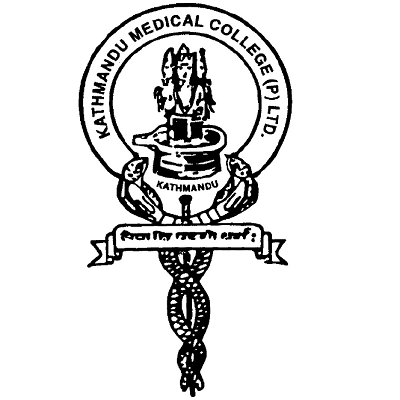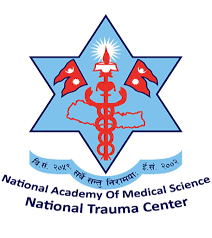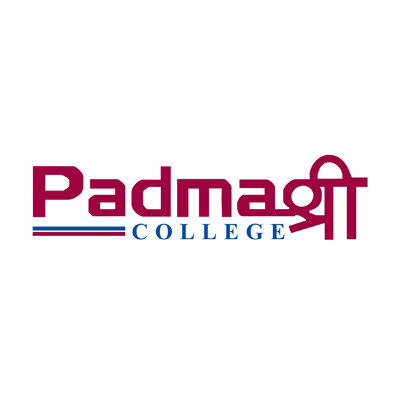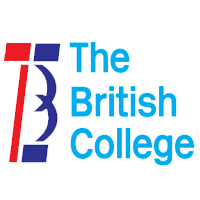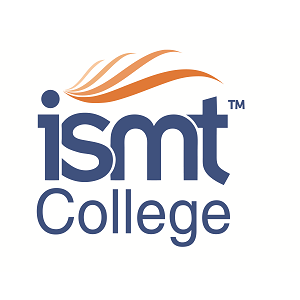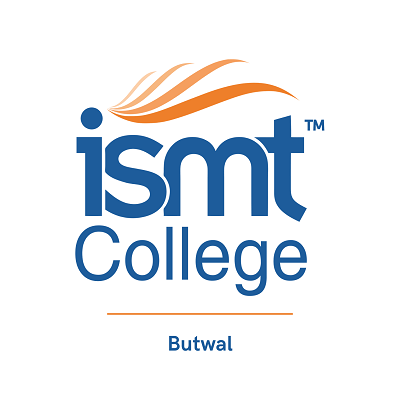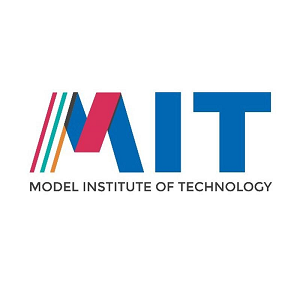Overview
MD in Obstetrics and Gynaecology at Nepalese Army Institute of Health Sciences (NAIHS) College of Medicine
MD in Obstetrics and Gynaecology at Nepalese Army Institute of Health Sciences – College of Medicine (NAIHS-COM), Sanobharyang, Bhandarkhal, Kathmandu, is a three-year postgraduate clinical program under Tribhuvan University, Institute of Medicine (TU-IOM).
NAIHS-COM functions as a non-profit medical education institution run under the Welfare Fund of the Nepali Army. It operates with affiliation from Tribhuvan University and recognition from the Medical Education Commission (MEC), Nepal Medical Council (NMC) and Nepal Health Professional Council.
The program in Obstetrics and Gynaecology prepares you to manage pregnancy, childbirth, reproductive health conditions and gynaecological disorders in both hospital and community settings. Teaching and clinical training take place mainly at Shree Birendra Hospital (SBH), the 635-bed teaching hospital of NAIHS located in Chauni, Kathmandu.
For Nepali and international students who want to work directly with mothers, newborns and women’s health across the life course, this MD program offers a structured residency within a national institutional framework.
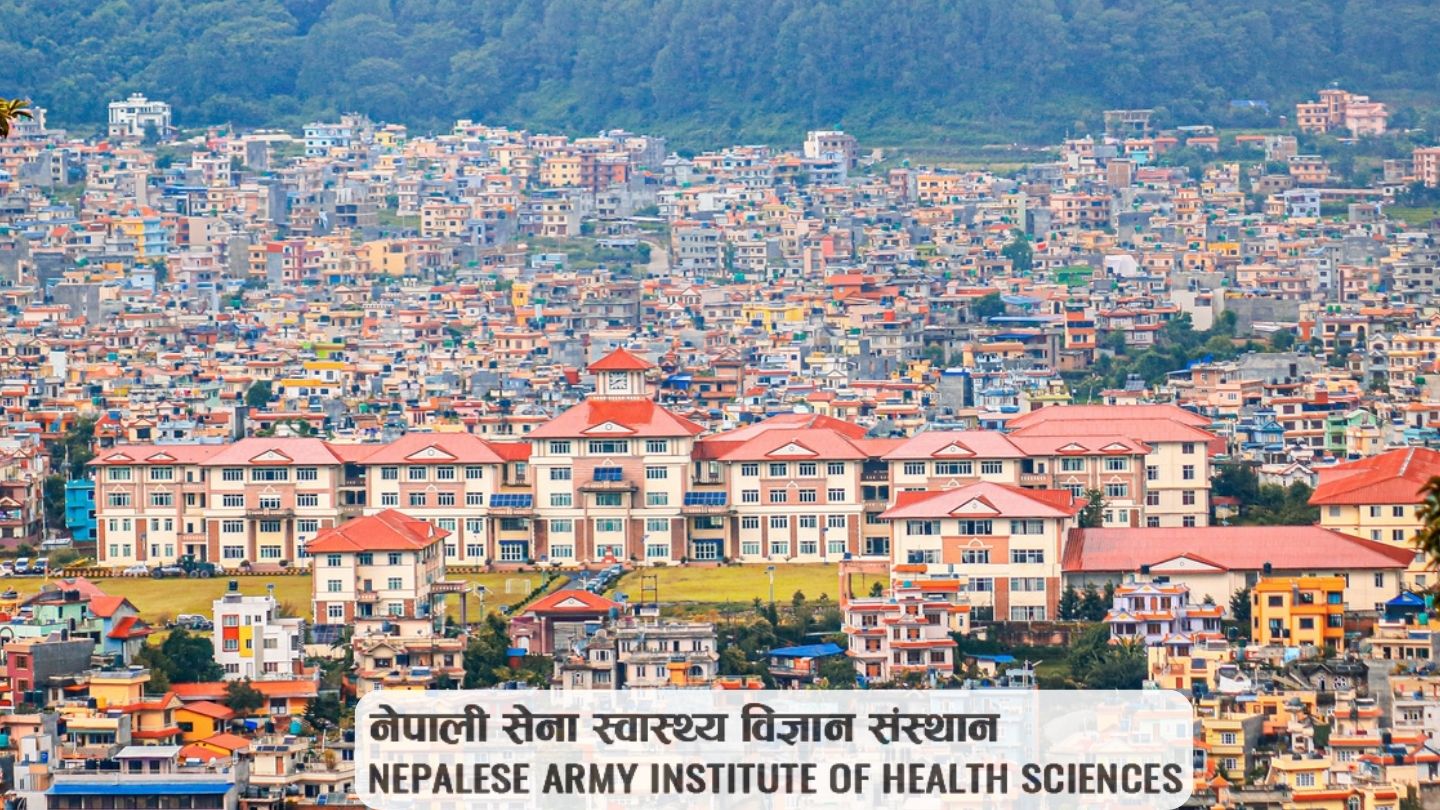
Highlights
-
Program: MD in Obstetrics and Gynaecology
-
Level: Postgraduate clinical degree (MD)
-
Duration: 3 years full-time residency under TU-IOM
-
Affiliation: Tribhuvan University, Institute of Medicine
-
Regulatory recognition: MEC, NMC, Nepal Health Professional Council
-
Intake at NAIHS: 4 seats in MD in Obstetrics and Gynaecology
-
Total MD/MS programs at NAIHS: 18 postgraduate courses, each of three years’ duration
-
Teaching hospital: Shree Birendra Hospital, Chauni, Kathmandu (tertiary referral hospital of the Nepal Army with about 635 beds)
-
Reference fee level: national ceiling for MD/MS clinical science subjects set around NPR 2,381,760 for Nepali candidates, as per MEC-approved structure for recent academic years
Curriculum Details
The MD in Obstetrics and Gynaecology curriculum at NAIHS follows the Tribhuvan University, Institute of Medicine framework for MD/MS programs. Training runs in residency format, where you work as a junior doctor under supervision while gradually handling higher responsibility.
Broad academic and clinical areas include:
-
Normal pregnancy, labour and puerperium
-
High-risk pregnancy and maternal complications
-
Hypertensive disorders, haemorrhage, sepsis and medical disorders in pregnancy
-
Intrapartum and postpartum care, including operative delivery where indicated
-
Newborn care in the immediate post-delivery period in coordination with paediatrics
-
Benign gynaecological conditions (fibroids, endometriosis, prolapse, pelvic infection)
-
Gynaecologic oncology principles and early detection
-
Reproductive endocrinology and infertility evaluation
-
Family planning and contraceptive methods
-
Adolescent and perimenopausal health
-
Emergency obstetric and gynaecologic care
Residents learn to use standard investigations such as ultrasound, basic fetal surveillance and relevant laboratory tests. Academic activities include case presentations, journal clubs, seminars and participation in departmental audits and meetings, consistent with TU postgraduate norms.
A thesis on an obstetrics or gynaecology topic is mandatory and must follow TU-IOM guidelines for MD/MS research.
Objectives
The MD in Obstetrics and Gynaecology program at NAIHS aims to:
-
Prepare specialists who can independently manage normal and complicated pregnancies.
-
Build strong clinical and surgical skills for common gynaecological conditions.
-
Strengthen decision-making in emergency situations that involve mothers and newborns.
-
Develop capacity to plan and deliver family planning and reproductive health services.
-
Encourage sensitivity to cultural and social aspects of women’s health in Nepal.
-
Prepare future teachers for medical colleges and training programs in obstetrics and gynaecology.
-
Promote research and audit culture related to maternal and neonatal outcomes.
For students, these objectives translate into day-to-day learning at bedside, in operating theatres and in labour rooms, under supervision from experienced faculty.
Scope
Maternal and newborn health remains a national priority in Nepal. Government reports and international reviews show steady improvement in maternal mortality over recent decades, yet regional gaps and service limitations still exist, especially outside major cities.
An MD in Obstetrics and Gynaecology from NAIHS opens work possibilities in:
-
Teaching hospitals and medical colleges as consultant and faculty
-
Provincial and district hospitals with maternity and gynaecology services
-
Private hospitals and maternity centres
-
Reproductive health and safe motherhood programs under government or development partners
-
Research, quality improvement and guideline development for maternal and newborn care
Because NAIHS runs under the army welfare system while serving civilians as well, graduates gain experience in mixed service settings.
Learning Outcomes
On completion of MD in Obstetrics and Gynaecology at NAIHS, students are expected to:
-
Take full obstetric and gynaecologic histories and perform systematic examinations.
-
Diagnose and manage normal labour and conduct safe vaginal deliveries.
-
Identify and manage high-risk pregnancies and common complications, including haemorrhage, eclampsia and obstructed labour.
-
Perform and assist in caesarean sections and other common operative procedures as per institutional policies.
-
Evaluate and manage gynaecological problems in outpatient and inpatient settings.
-
Interpret relevant investigations, including ultrasound findings related to pregnancy and pelvic pathology, within the scope of training.
-
Counsel women and families about birth plans, complications, contraception and long-term reproductive health.
-
Plan and complete a research project, present findings and apply basic biostatistics in clinical work.
-
Teach core obstetrics and gynaecology topics to undergraduate students, interns and other health workers.
Skill Development Modules
Skill development in this MD program grows gradually across three years and covers clinical, procedural and academic areas.
Key clinical skills:
-
Antenatal clinic assessment and risk categorisation
-
Monitoring labour using partograph and clinical judgment
-
Immediate newborn assessment and coordination with paediatrics
-
Postpartum follow-up and counselling
-
Outpatient assessment of menstrual, pelvic and reproductive complaints
Key procedural and operative skills:
-
Spontaneous vaginal delivery, episiotomy and repair
-
Instrumental delivery where indicated, under supervision
-
Assisting, and later performing, caesarean section according to departmental criteria
-
Basic gynaecologic procedures such as dilatation and curettage, manual vacuum aspiration, diagnostic laparoscopy where available, and minor surgeries
-
Insertion and removal of common contraceptive devices
Academic and professional skills:
-
Case presentations and seminar delivery
-
Journal club participation and critical reading
-
Preparation of protocols, consent forms and discharge summaries
-
Participation in audits related to maternal and neonatal outcomes
These skills help you grow from closely supervised junior resident to more independent senior resident by the final year, always within institutional and regulatory limits.
Teaching Methodology
Teaching and learning in MD Obstetrics and Gynaecology at NAIHS follow the standard MD/MS model used across TU-IOM–affiliated institutions.
Common methods include:
-
Bedside teaching during ward rounds and labour room duties
-
Supervised work in outpatient clinics and operating theatres
-
Structured departmental seminars and tutorials
-
Journal clubs focusing on current guidelines and research
-
Interdepartmental case discussions for complex conditions
-
Regular internal assessments, viva sessions and logbook reviews
-
Formal university examinations at the end of the program
You learn through continuous contact with faculty, senior residents and multidisciplinary teams, which supports both clinical growth and professional behaviour.
Admission Requirements
Admission to MD in Obstetrics and Gynaecology at NAIHS is governed by the Medical Education Commission’s integrated postgraduate entrance system (MECEE-PG).
General eligibility for MD/MS clinical programs includes:
-
MBBS or equivalent degree from an institution recognised by the Government of Nepal.
-
Full registration with the Nepal Medical Council (or relevant council for foreign graduates).
-
Completion of compulsory rotating internship as per national regulations.
-
Minimum 50% marks in MECEE-PG to be placed in the merit list.
Seat allocation for NAIHS takes place through MEC’s online matching system, which distributes scholarship and institutional seats according to published rules for each academic year. Candidates should consult the latest MEC notices and NAIHS communications for category-wise details and any bond obligations.
Career Opportunities
After completion of MD in Obstetrics and Gynaecology and specialist registration with Nepal Medical Council, career options include:
-
Consultant obstetrician and gynaecologist in teaching hospitals
-
Specialist posts in provincial and district hospitals
-
Senior roles at maternity centres and private hospitals
-
Academic positions in medical colleges, nursing colleges and training centres
-
Technical roles in safe motherhood, family planning and reproductive health programs
-
Research work on maternal, newborn and reproductive health with national or international organisations
Graduates from NAIHS also contribute to services for army personnel, veterans and their families through Shree Birendra Hospital and related units.
Scholarships and Financial Aid
NAIHS runs as a not-for-profit institution under the Nepal Army Welfare Fund and follows a fixed quota system for different categories of students.
At postgraduate level:
-
MEC regulates scholarship seats and institutional seats for MD/MS programs nationwide.
-
Clinical MD/MS programs, including Obstetrics and Gynaecology, use a fee ceiling around NPR 2,381,760 for Nepali candidates in recent fee notices.
-
Distribution between different scholarship categories, service quotas and institutional seats is described in MEC’s annual scholarship and seat allocation notices.(Entrance Registration Application)
Students who plan to apply should cross-check the latest MEC documents and any NAIHS-specific notices for the academic year they are targeting, as these are the only binding references for fees and financial conditions.
Why Choose This Course (MD in Obstetrics and Gynaecology at NAIHS)?
From the institution’s perspective, several points stand out for MD in Obstetrics and Gynaecology at NAIHS:
-
Structured three-year MD/MS program under TU-IOM with clear national recognition.
-
Training in a busy teaching hospital where obstetric and gynaecologic cases arise from both army and civilian communities, giving you varied clinical exposure.
-
Small intake of 4 residents in Obstetrics and Gynaecology, which supports closer supervision and frequent feedback.
-
Opportunity to contribute directly to maternal and newborn health, an area of continuous national priority in Nepal.
If you want a career that combines hands-on clinical care, surgery, teaching and community relevance, this MD program offers a structured pathway within Nepal’s regulated medical education system.
Conclusion
MD in Obstetrics and Gynaecology at NAIHS College of Medicine links structured academic training with intensive clinical exposure in a large teaching hospital. The program follows TU-IOM and MEC standards and responds to ongoing needs in maternal and reproductive health services across the country.
For students willing to commit to demanding duty hours, continuous study and responsibility for mothers and newborns, this course offers clear preparation for specialist practice in Nepal and comparable settings.
Frequently Asked Questions (FAQ)
1. How long is the MD in Obstetrics and Gynaecology program at NAIHS?
The program runs for three years as a full-time residency under Tribhuvan University, Institute of Medicine.
2. How many seats are available for MD in Obstetrics and Gynaecology at NAIHS?
The NAIHS College of Medicine document lists 4 seats for MD in Obstetrics and Gynaecology.
3. Which entrance exam do I need for admission?
You need to appear in the MECEE-PG examination conducted by the Medical Education Commission and secure at least 50% marks to qualify for the merit list and matching.
4. What is the reference fee level for this MD program?
MEC’s fee structure for MD/MS clinical science subjects sets a ceiling around NPR 2,381,760 for Nepali candidates; NAIHS follows national fee policy, but you should confirm the exact amount for your admission year from official notices.
5. Where does practical training take place?
Training takes place mainly at Shree Birendra Hospital in Chauni, Kathmandu, which serves as the teaching hospital of NAIHS and provides obstetric, gynaecologic and other specialist services.
6. What kind of work can I do after completing this MD?
Graduates usually work as consultant obstetricians and gynaecologists in teaching or non-teaching hospitals, join academic posts in medical colleges, and contribute to maternal and reproductive health programs at different levels of the health system.


